SU models of George Hart's geometric sculptures
-
@ross macintosh said:
I had fun playing with the 'anorexic cube' one. Attached is a Podium render postprocessed by adding noise, texture & sharpening.
That's really cool Ross !



@ross macintosh said:
In the model itself I had beveled all the edges of the shapes but I doubt that shows up in this render.
It does, it shows up in the render,
I should have smoothened the edges, thanks,I really like also the holes in the components, it becomes more dynamic,
nice work,
regards, guzman.
-
@unknownuser said:
Seems curious that you don't know TopMod
I actually didnt know it. Thank you.
@unknownuser said:
It's the crazzy must prog that I have never seen!

It actually looks really impressive, I'm downloading it and I'll be soon
experimenting.I have to say however that I enjoy drawing structures in SU, I think its fun and it gives you the possibility to understand what you do. I'll be back on this after using TopMod.
Thanks for the interesting links,
guzman -
Seems curious that you don't know TopMod
Maybe this can help you
See the gallery for intricated form
This one for example
It's the crazzy must prog that I have never seen!
Just export in OBJ then OBJ to a format that be used by SU (3ds...)(Anim8or for example)
Of course you can use it for any deviant Art or architectures!
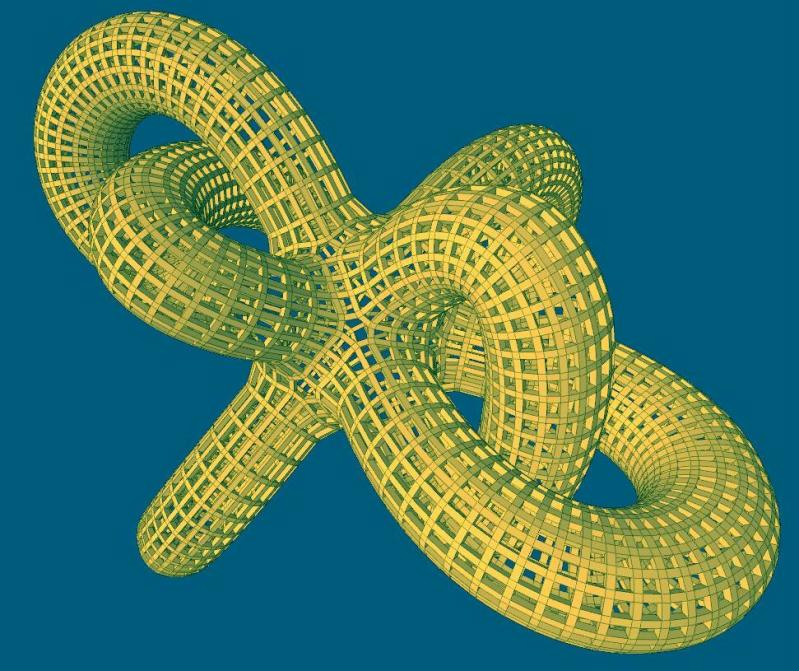
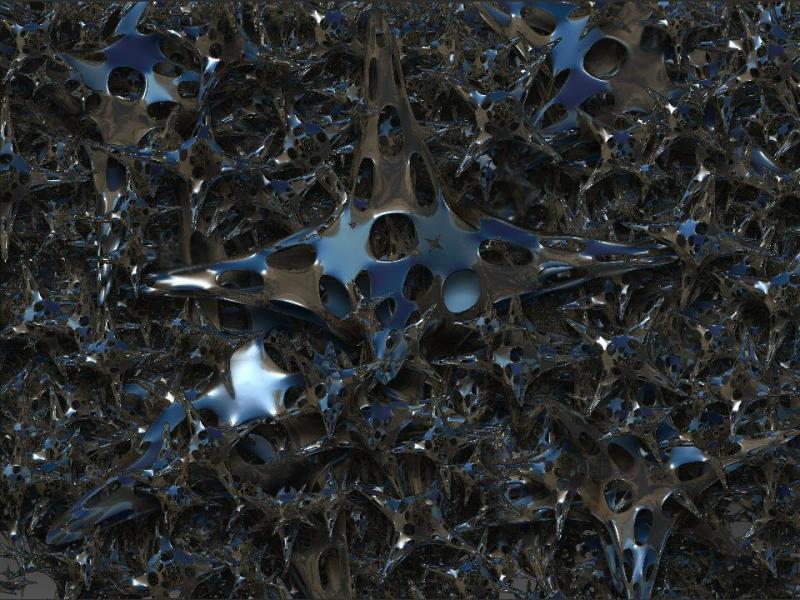
-
@unknownuser said:
I have to say however that I enjoy drawing structures in SU, I think its fun and it gives you the possibility to understand what you do.
Both are crazy and very well complementary!

TopMod permit to create topologic surfaces that will be very difficult to make with another progs!
A little training is also necessary
Use it only for modeling not for rendering or texturing! (here imported in Zbrush)
Have fun with it! (you can click for zoom)
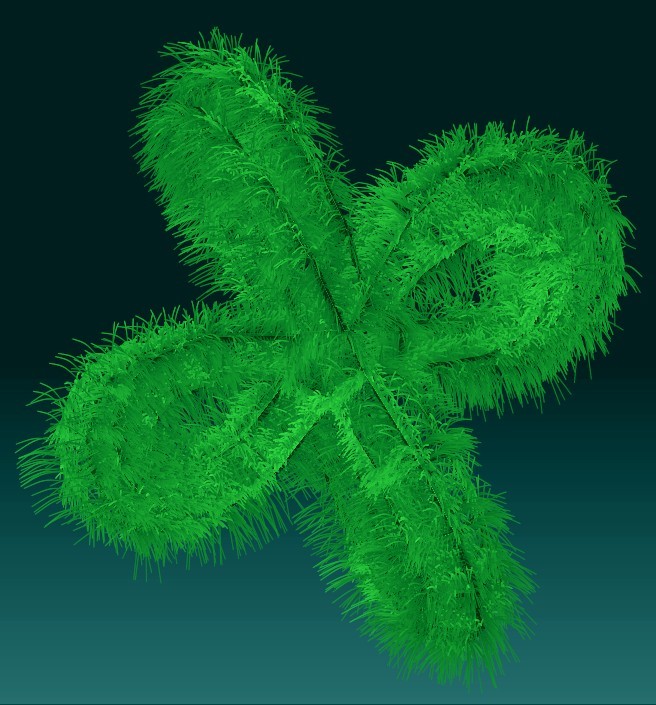
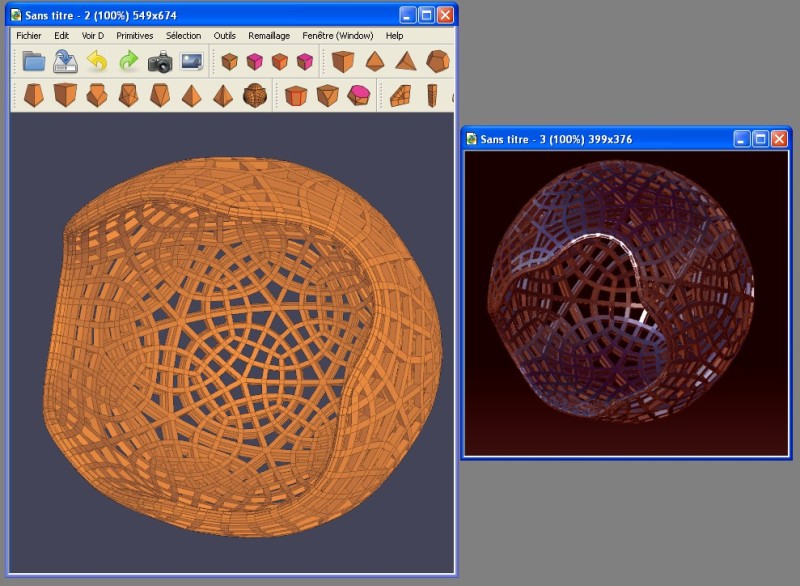
-
@unknownuser said:
TopMod permit to create topologic surfaces that will be very difficult to make with another progs!
Topological surfaces was actually my field of interest ...
Somerci beacoup Pilou !!!

Edit:
I've been using TopMod (or trying to use it) for one hour or so. My impressions:- Too buggy, crashes really too much
- Difficult to use (It took me a lot of time to understand the user interface and how the commands work)
- Too difficult to obtain what you want (you end up making what the program wants, that's how I felt)
- I dont understand how they choose the commands, they seem to me too random
It has of course some new ideas, but needs to be improved a lot imo.
-
Mad math GT,
Rocking bring that.
What a bunch or rock star models... Not sure that my bubble noggin can cope with such complexites at this hour...
But, I would have to, well, I will have to get down on this a bit later.
Time for a morning pour.
Durant "You mean I bend this over?" Hapke
-
@unknownuser said:
I've been using TopMod (or trying to use it) for one hour or so
Yes it's not intuitive like SU

A big training is necessary before make that you want!
-
Back to the topic,
Here's one more,
this one it's only inspired by Hart's sculptures
but I invented it. "Giraffe".
whatever you want to say about or do with them is greatly appreciated.(I attached also a variation of "Knot Structured", I changed the colors to make it a bit more similar to the original).
As usual: images and skp files ...
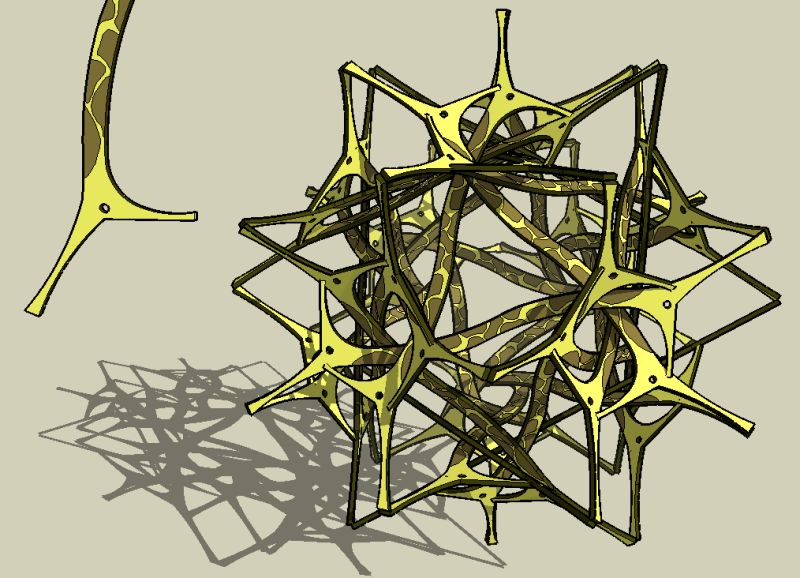
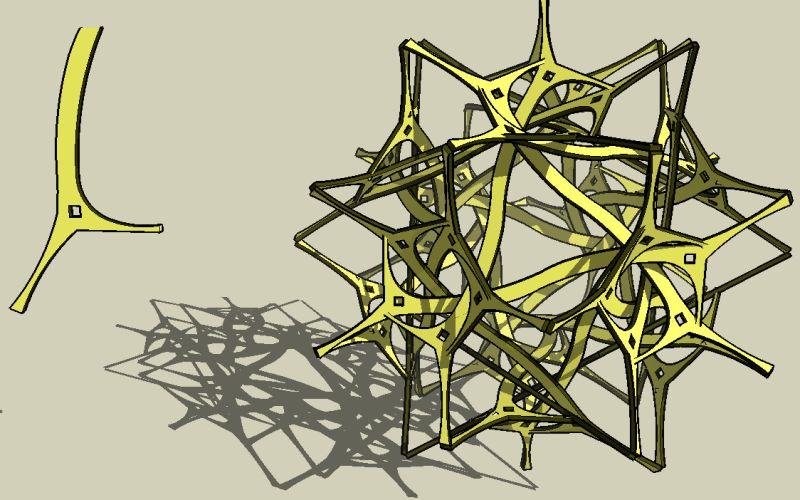

-
Love your models Guzman, hope you don't mind

[attachment=0:1smwlc0g]<!-- ia0 -->001.jpg<!-- ia0 -->[/attachment:1smwlc0g]
-
@hfm said:
hope you don't mind

Really cool, I like it
I didnt recognize it when I first saw it,
nice work HFM.What did you use to render it ?
-
Hypershot

-
Thank you Pilou and guzman.
I have played Topmod all day, it's very cool stuff, and I rendered in hypershot.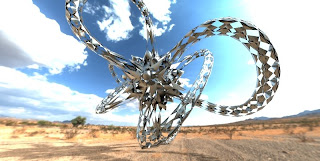



-
Cool stuff, Arc
after seeing your drawings I decided I'm gonna have to give TopMod another try,
thanks for sharing.guzman.
-
If there is anybody interested in modelling geometric sculptures, I wrote I brief tutorial that illustrates one of the possible methods to obtain this kind of models.
First. Choose a somewhat symmetrical polihedron as a basis for your model.
For instance: Platonic, Archimedean and Catalan Solids they all work fine.
They're quite easy to draw but you may of course download them from the 3DWH.
(Interestingly engough all those solids can be modelled without ever having to type in any measures for sides or angles! Sketchup is so powerful).In this brief tutorial I'm going to choose the Truncated Icosahedron, that is:
the soccer ball: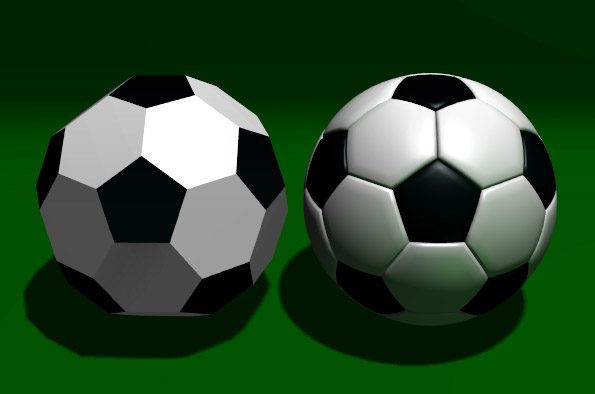
Second. Choose two or more edges of your polyhedron. It is easier for the subsequent steps if the edges you choose are coplanar (that is, there is a plane that contains them all) but you can also choose non-coplanar edges.
In this example I'm going to choose the edges shown in the image: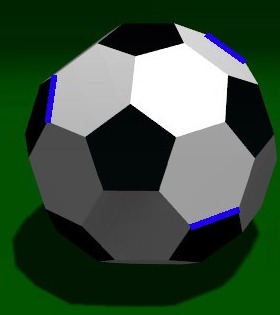
Three. Create something that connects the edges you've choosen.
If you want a nice result, it is better to draw something symmetrical. In this example, we have to connect three edges, so I've drawn a component with three-fold simmetry.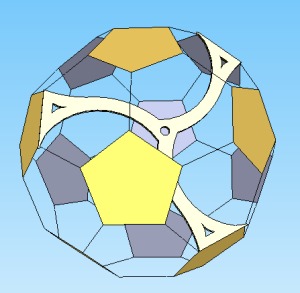
Four. Copy the component that connects the edges in all possible positions,
until you've covered every edge of the polyhedron.
You may now want to modify the connecting component to avoid collisions.
Then erase the polyhedron and just keep the connecting components (skp file attached):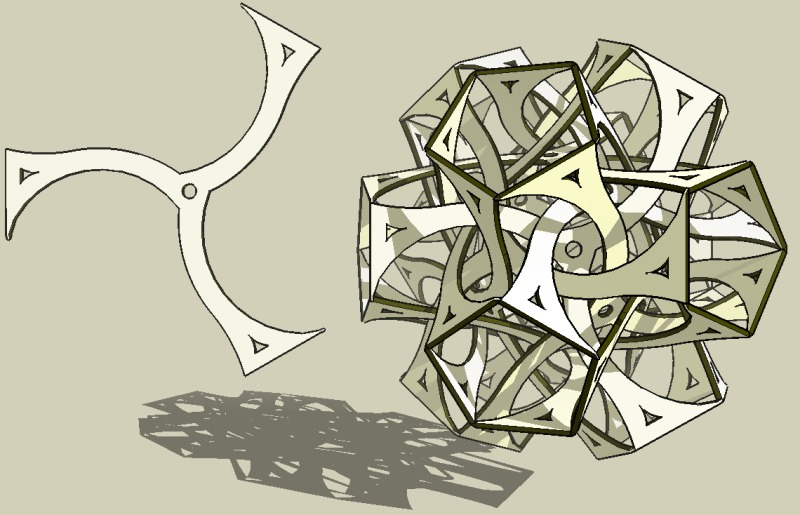
-
I took a shot at rendering the pencils in Kerky... I think it turned out ok.

-
Awesome, that's great, I love it
When I first saw it, I thought it was the image in Hart's site,
your rendering is really really similar to the original image,
Really nice work. The colors in particular are just perfect.the only thing that may be improved is the model of the pencils I made
(the edges are too sharp). -
How to draw an icosahedron without ever typing in any measures.

I know only a few people may be interested in this issue, but I think it's fun when you try.
It is actually way easier than it might look.
So here's a brief tutorial.1 - Draw a "golden ratio" rectangle, SU will show a tooltip when the rectangle you're are drawing is a golden-ratio rectangle. (I will not discuss here the definition of golden-ratio rectangles and why they are so important, just use them).
Select the whole rectangle and make it a group.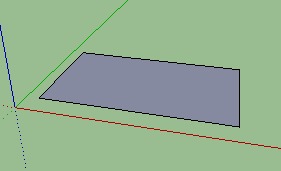
2 - Select the group and make a rotated copy of it by rotating it around its center by 90°:
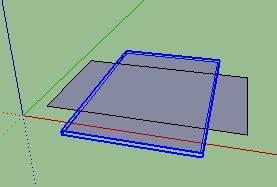
3 - Select the second rectangle and make a rotated copy of it by rotating it around the line shown in the image by 90°:
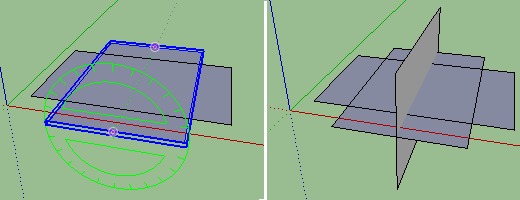
4 - Select again the second rectangle and rotate it (no copy) around the line shown in the image by 90°:

You should end up with three equal rectangles orthogonal to each other.
5 - You're done. Just connect the vertices of the rectangles to form triangles:
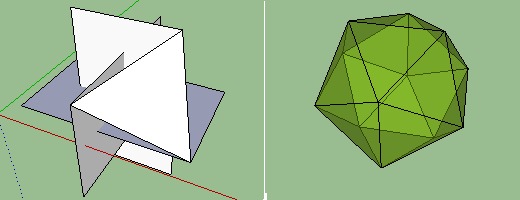
(you may also wanto to erase the rectangles and other internal faces)
-
Taff Goch has plenty of extremely cool tutorials about such shapes.

-
You're right Gaieus,
I know TaffGoch tutorials, they're actually a must.I thought however that a step-by-step description could be useful in this thread concerning geometric constructions and sculptures.
(But you're right, they're problably off topic in the gallery, I wont post any more)
thanks.
-
Here's the last one I made (so far):
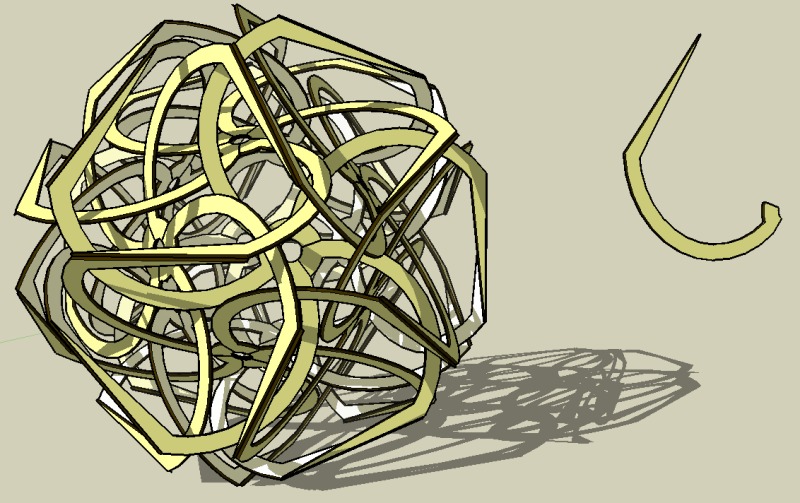
It is inspired (in the sense that is has the same structure, rhombic triacontahedron) to:
George Hart's 12-Part Puzzle.
Advertisement







